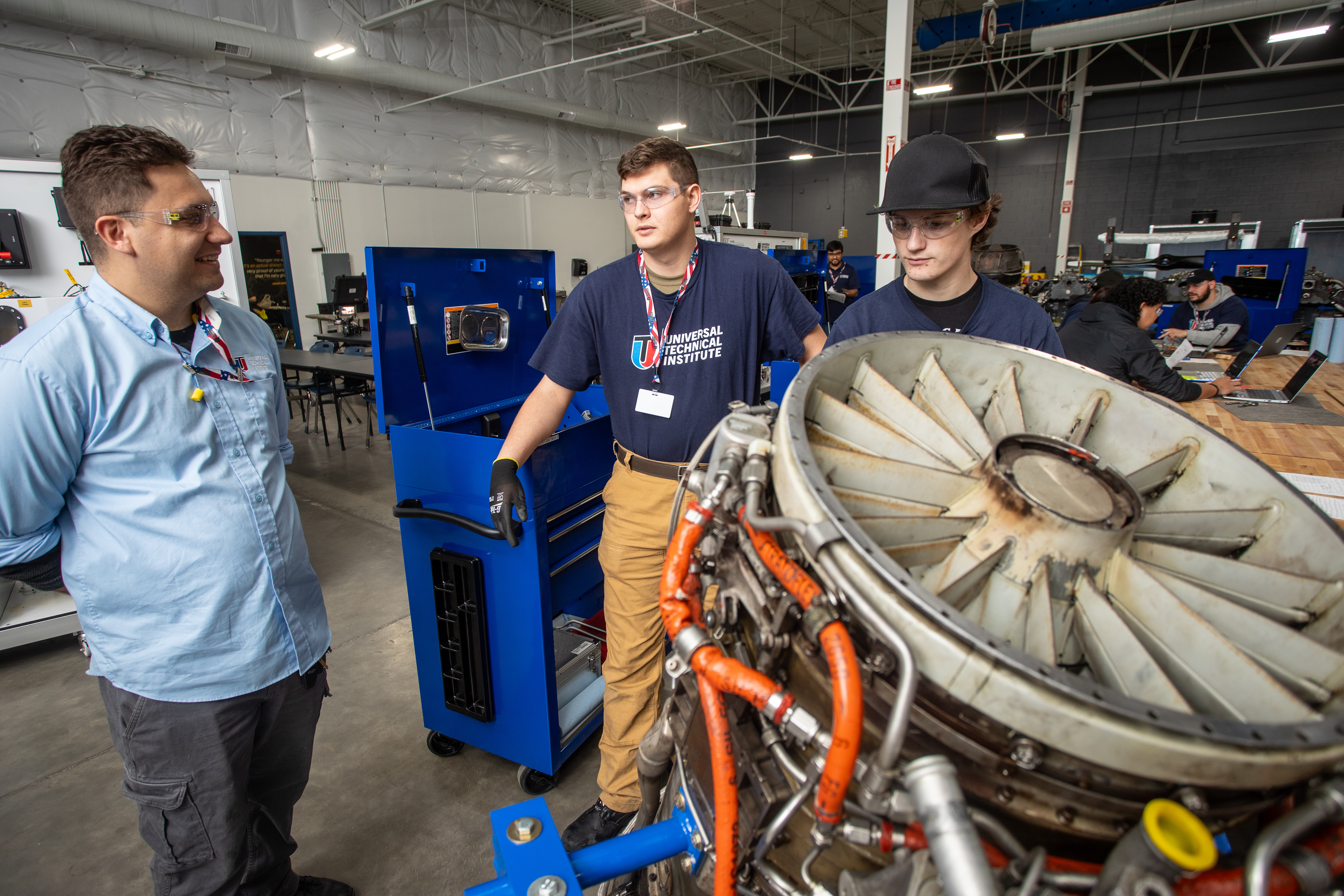Wing Woo Gar
Grandmaster
Exactly but that isn’t the whole enchilada. Loading one while releasing another simultaneously or more likely loading several while releasing several without thinking and while moving. That takes time to develop for most people. That assumes that people can even feel it in the first place. Good example is can you feel your fourth toe? I mean really feel it? For most people that’s a dead zone. If you feel it, you are exceptional. So that’s a first step for a lot of folks. Another example is extend your arm palm out and away from you. Fingers pointing up in a HALT! Sort of posture. Now, do not move your hand but rotate your humerus bone without disturbing or moving the hand. The elbow should go from pointing down to pointing to the side and back again without any motion in the hand or forearm. If you have trouble, place your palm flat against a wall and try again. Then you will get the idea. This type of coordination is not something most people can do without help. In fact, most people don’t even know that is possible until it’s shown to them. One more is hold your foot above the floor, draw a 6 in the air with your toe and a 9 with the same side hand at the same time. This is the same type of exercise that’s needed to get more control of the body. All other things being equal, If I feel me better than you feel you I have an advantage. If I feel you better than you feel you, I have an even larger advantage. These aren’t necessarily fighting techniques, they do add something to fighting techniques, plus it’s just pretty cool to be able to get additional fine motor control because it’s useful in everyday life.Quantifying mechanical loading and elastic strain energy of the human Achilles tendon during walking and running
"Tendons cannot generate force actively, yet their elastic behavior upon loading influences the muscle–tendon unit's function during locomotion...."
-- Quantifying mechanical loading and elastic strain energy of the human Achilles tendon during walking and running - Scientific Reports
So during dynamical movements, the tendons "buffer" energy created my the muscle, much like a spring. Relating and similar to what Gyakuto said in post #8 as well.

